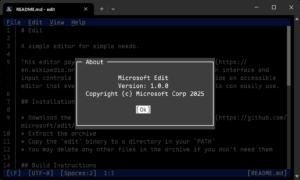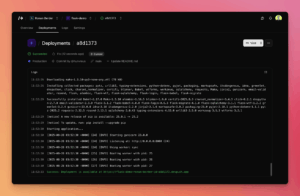SHA is the acronym for Secure Hash Algorithm. It is a set of cryptographic algorithms used to generate a unique ‘hash’ or ‘digest’ of a message or data file. Hashes are often used to verify the integrity of a message or file, since if a message or file is modified, its hash will also change.
There are several versions of the SHA algorithm, each offering a different level of security:
- SHA-0: The first version of the SHA algorithm, which was developed in 1993. Although still used on some systems, SHA-0 has long since been deprecated due to known security vulnerabilities.
- SHA-1: The second version of the SHA algorithm, which was developed in 1995. Although still used on some systems, SHA-1 has also been deprecated due to known security vulnerabilities. It is not recommended for security reasons.
- SHA-2: A set of algorithms that includes SHA-224, SHA-256, SHA-384 and SHA-512. These algorithms were developed in 2001 and are still widely used to provide a high level of security.
- SHA-3: A set of algorithms that includes SHA3-224, SHA3-256, SHA3-384 and SHA3-512. These algorithms were developed in 2015 and are considered more secure than SHA-2 algorithms.
It is important to note that although SHA-2 and SHA-3 algorithms are more secure than SHA-0 and SHA-1 algorithms, all SHA algorithms are vulnerable to brute force attacks if weak keys or passwords are used. Therefore, it is important to use strong passwords and to properly encrypt sensitive information to protect it against attacks.











